D40
TPF Noob!
- Joined
- May 25, 2007
- Messages
- 475
- Reaction score
- 0
- Can others edit my Photos
- Photos OK to edit
Right now I am useing the D200 on camera flash to fire an SB-600 but find that this is not as reliable as I would like. I am planning on getting another SB-600 and some umbrellas. Can anyone explain some about useing something like the pocket wizard? Would I need one on the camera and than it would fire the SB-600's or would I need something attached to the SB-600's as well? I am looking for more range and reliability when useing off camera flashes so...?


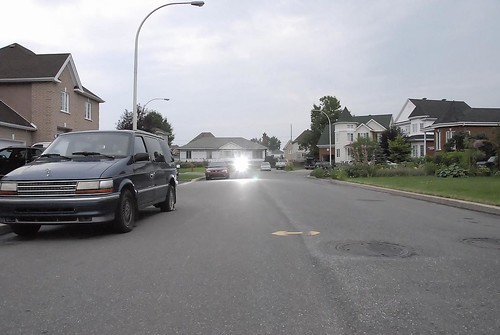
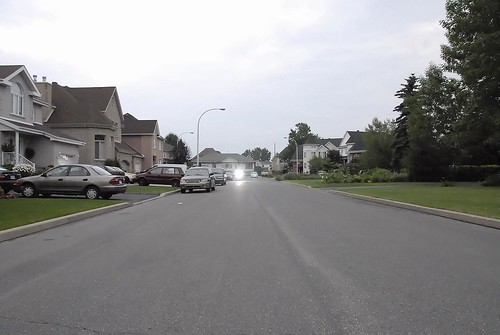
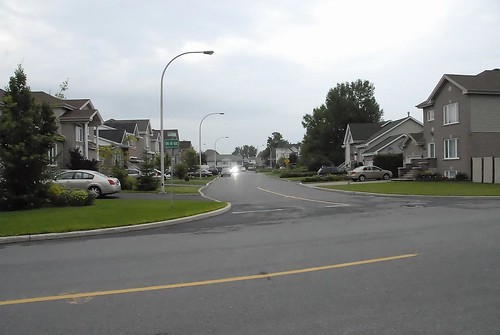
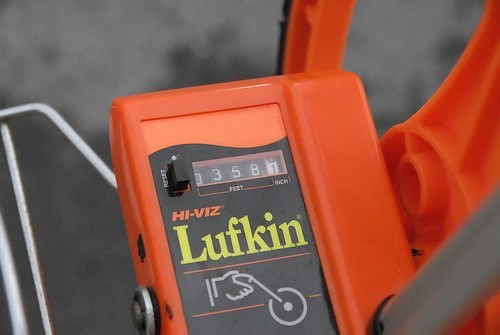
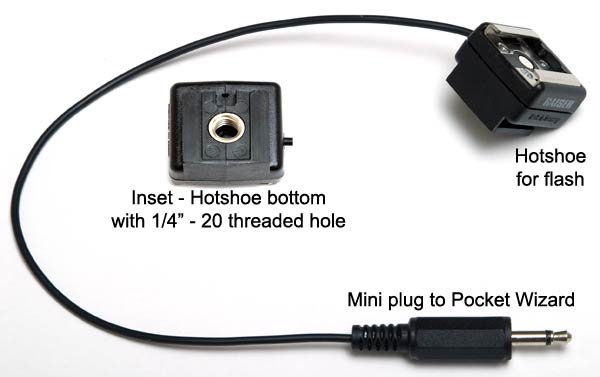
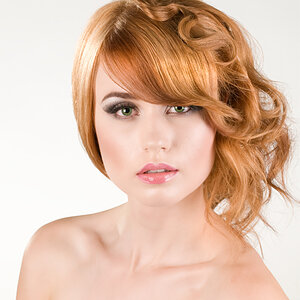
![[No title]](/data/xfmg/thumbnail/37/37605-90c8efaef5b7d1f52d4bf8e7dfd33673.jpg?1619738148)
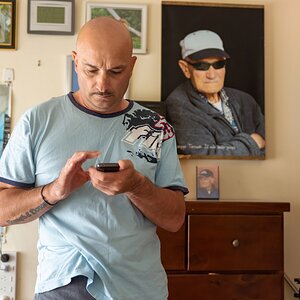
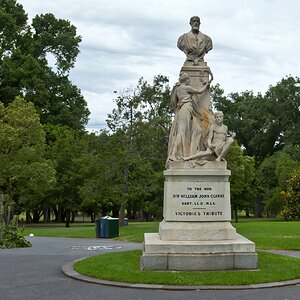
![[No title]](/data/xfmg/thumbnail/37/37602-1ef8dbb1c2d0e4ff347ee65d328c3603.jpg?1619738147)